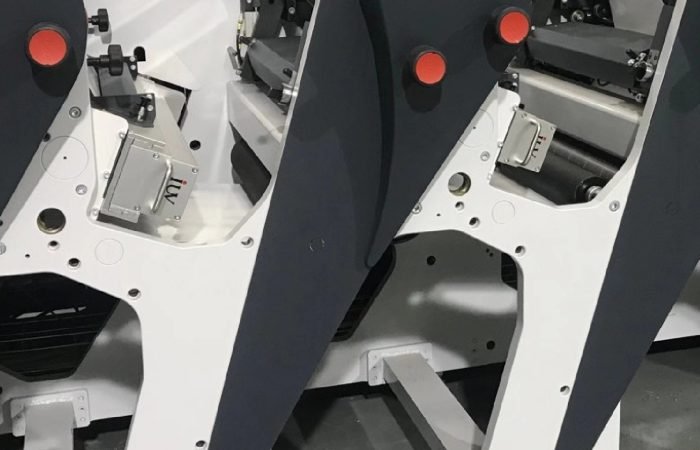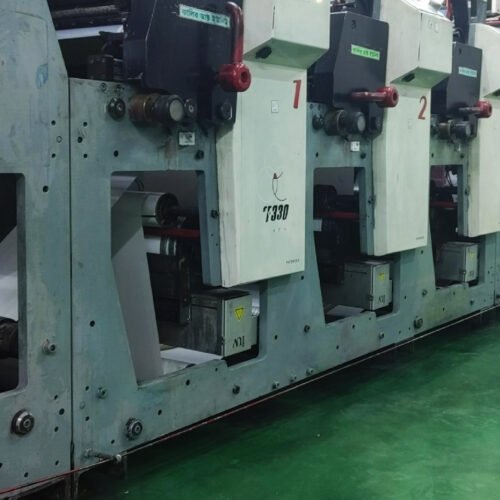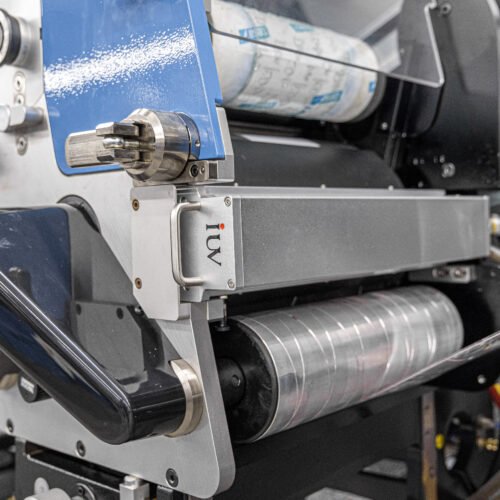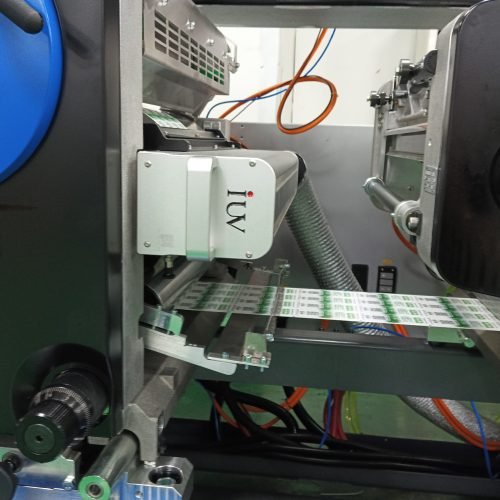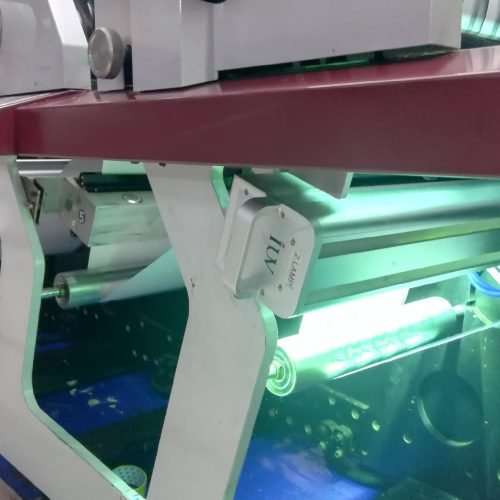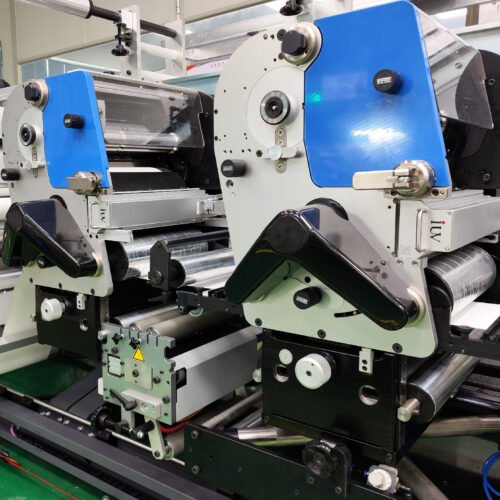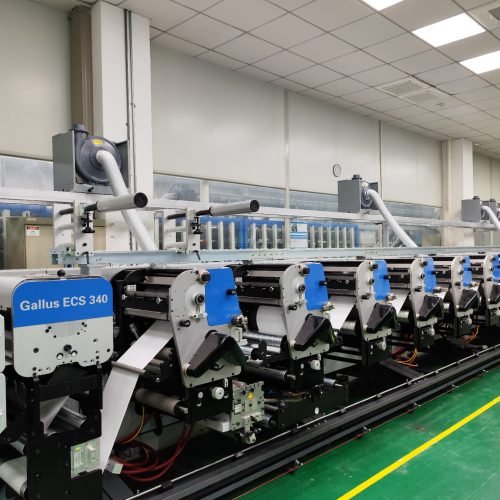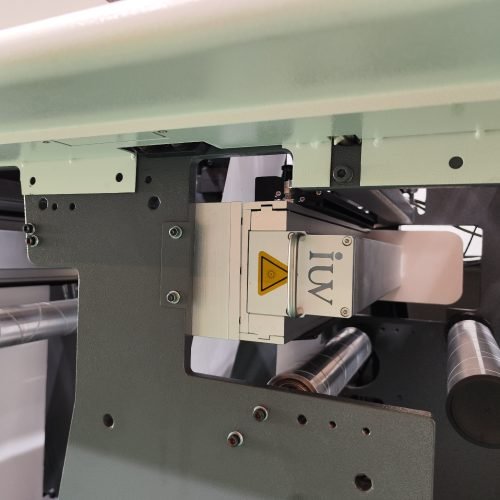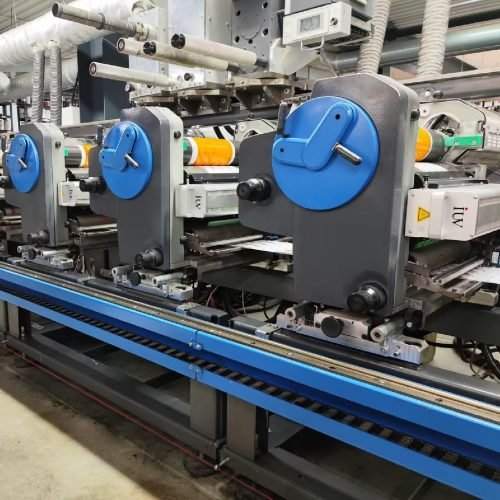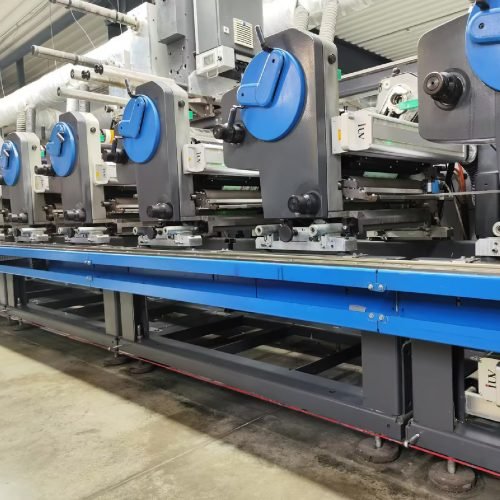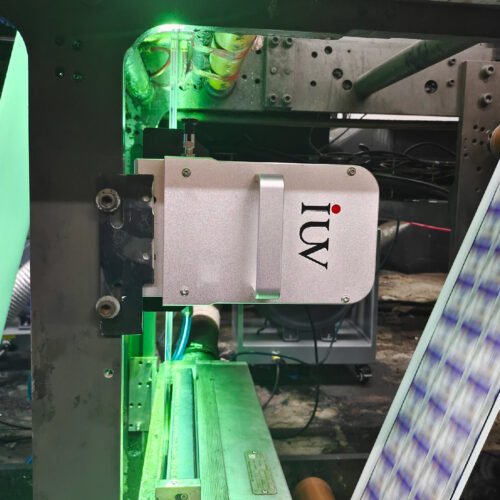LED curing technology is revolutionizing the printing industry. This innovative approach offers significant advantages over traditional curing methods. For label printing, flexography, and offset printing, understanding LED curing is key. It directly impacts print quality and production speed.
Narrow web printing, in particular, benefits immensely from LED UV technology. This segment often deals with high-volume, short-run jobs. The efficiency gains from LED curing are therefore quite substantial.
What Exactly is LED Curing?
LED curing uses light-emitting diodes (LEDs) to generate UV light. This light initiates a photochemical reaction. This reaction cures the ink or coating. It transforms it from a liquid to a solid state, instantly. Traditional UV curing often uses mercury vapor lamps. These lamps have limitations. They produce a broad spectrum of light, including heat and ozone.
LEDs, on the other hand, emit a very specific wavelength of UV light. This targeted emission is highly efficient. It means less energy is consumed. It also means less heat is generated on the substrate. This is a critical advantage for heat-sensitive materials.
Impact on Print Quality
The precise control offered by LED curing leads to superior print quality. The instant curing process locks in fine details. This results in sharper images and crisper text. Ink dot gain is often reduced. This means more accurate color reproduction.
Color vibrancy is also enhanced. LED lamps emit a focused spectrum that perfectly matches the photoinitiators in UV inks. This precise match ensures complete and efficient curing. The result is a wider color gamut and more saturated, consistent colors.
Furthermore, the reduced heat transfer to the substrate prevents warping or distortion. This is especially important for thin films and delicate paper stocks used in label printing. The consistent energy output of LEDs ensures uniform curing across the entire print area. This eliminates variations in gloss or finish.
Boosting Print Speed
One of the most significant benefits of LED curing is its impact on speed. LED lamps reach full power instantly. There is no warm-up time required. This means presses can start running at full speed immediately. It also allows for faster web speeds. The instant curing process prevents ink smudging or transfer between print stations.
In narrow web printing, where throughput is paramount, this speed increase is a game-changer. It allows printers to handle more jobs in less time. This directly translates to increased productivity and profitability. The ability to achieve higher speeds without compromising quality is a major competitive advantage.
Benefits for Different Printing Processes
- Label Printing: In the label industry, speed and versatility are crucial. LED curing allows for faster turnaround times. It enables printing on a wider range of substrates, including plastics and foils, without heat damage. The instant cure is perfect for multi-layer labels and inline finishing processes.
- Flexographic Printing (Flexo): Flexo printing, commonly used for labels and packaging, thrives with LED technology. The fast curing enables higher press speeds. It ensures excellent ink transfer and dot fidelity. This leads to sharp graphics and vibrant colors on various flexible materials. Reduced heat is also beneficial for thinner films.
- Offset Printing (Sheetfed and Web): For offset printers, LED curing offers a way to increase production efficiency. It eliminates the need for long drying times. Sheets can be handled and stacked immediately after printing. This reduces bottlenecks in the finishing department. The quality improvements, such as sharper images and better color consistency, are also highly valued.
- Narrow Web Printing: This segment, often focused on labels and flexible packaging, sees the most dramatic improvements. The ability to achieve high speeds with instant curing is perfectly aligned with narrow web production demands. Reduced energy consumption and lower operating costs are additional advantages.
Energy Efficiency and Environmental Impact
LEDs are remarkably energy-efficient. They consume significantly less power than traditional mercury lamps. This leads to lower electricity bills for printing businesses. The reduced energy consumption also means a smaller carbon footprint. This aligns with growing environmental concerns in the industry.
Furthermore, LED lamps do not produce ozone. This eliminates the need for exhaust systems. This simplifies installation and maintenance. It also creates a safer working environment for operators. The lower heat output also contributes to a cooler pressroom, further enhancing operator comfort.
Reduced Maintenance and Longer Lifespan
LED lamps have a much longer operational lifespan compared to mercury lamps. They can last tens of thousands of hours. This drastically reduces the frequency of lamp replacements. This minimizes downtime and associated maintenance costs.
The consistent performance of LEDs over their lifespan ensures stable curing conditions. This predictability is valuable for maintaining consistent print quality over long production runs.
Considerations for Implementation
While the benefits are clear, there are considerations when transitioning to LED curing. The initial investment in LED curing systems can be higher. However, this is often offset by the long-term savings in energy, maintenance, and increased productivity.
Ink and coating formulation is also important. While many UV inks are compatible, some may require specific photoinitiators optimized for LED wavelengths. Working with ink suppliers is key to ensuring the best performance.
The Future is LED
LED UV curing technology is no longer a niche application. It is rapidly becoming the standard for high-quality, high-speed printing. Its ability to enhance print quality, boost production speed, reduce energy consumption, and offer a longer lifespan makes it an attractive investment. For printers in the label, flexo, offset, and narrow web sectors, embracing LED curing is a strategic move towards greater efficiency and improved profitability. It represents a significant leap forward in printing technology.

